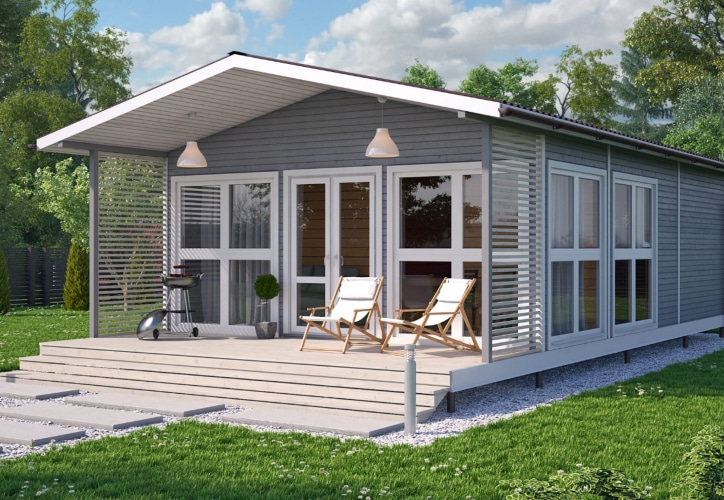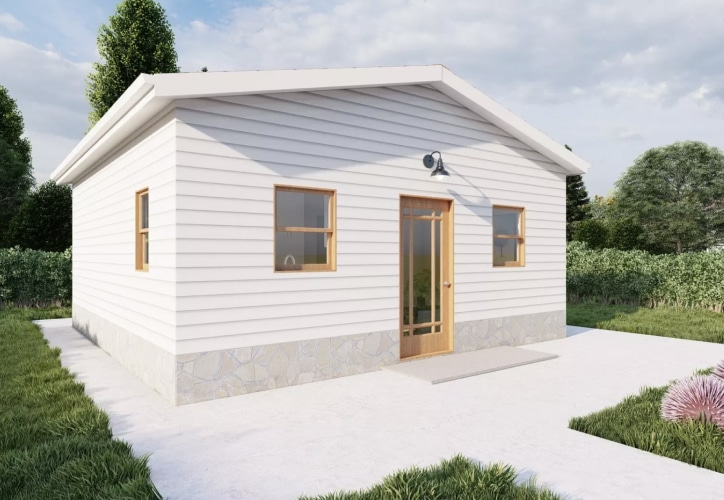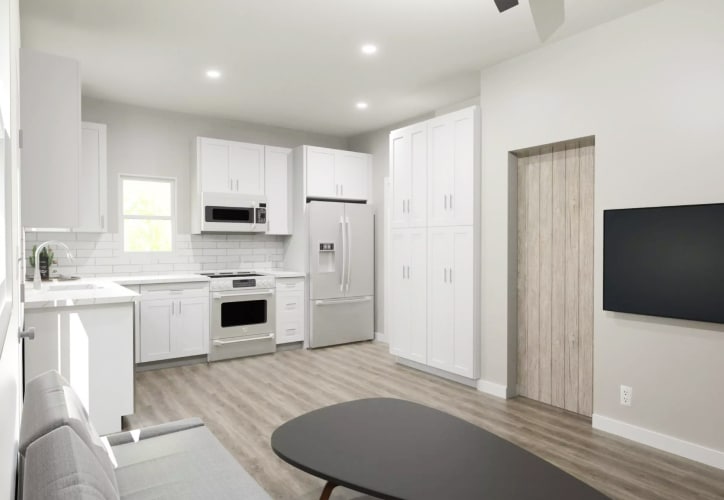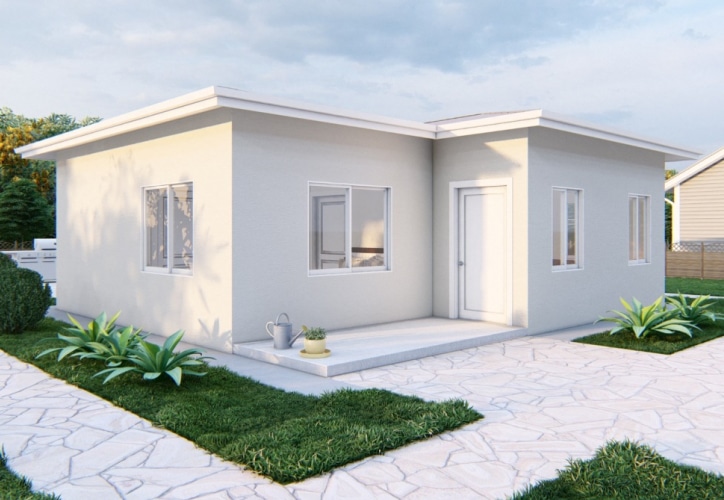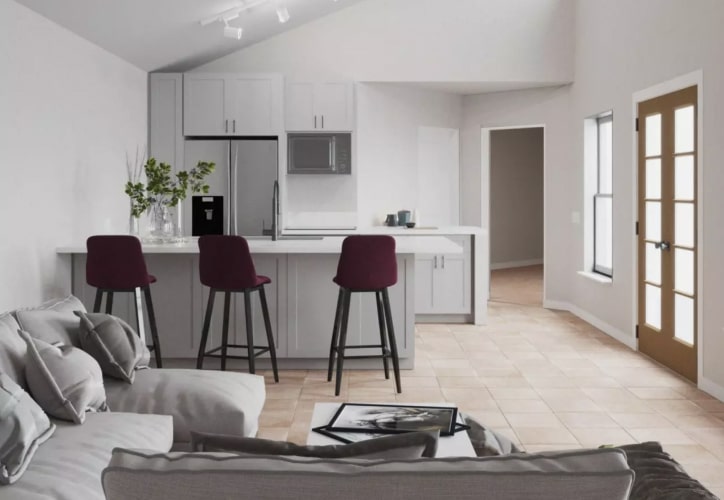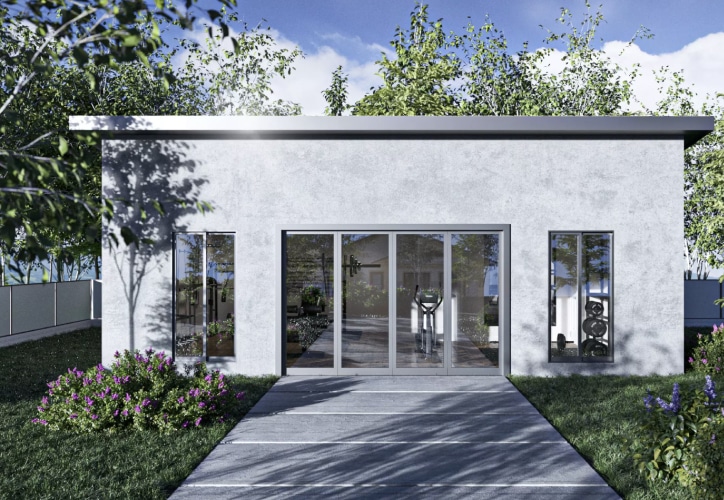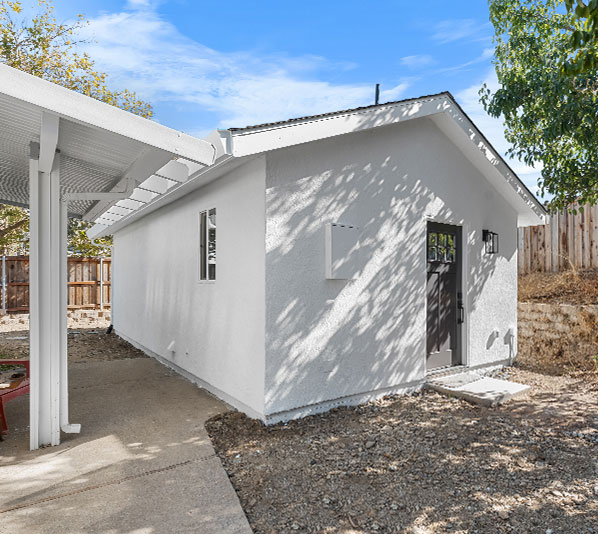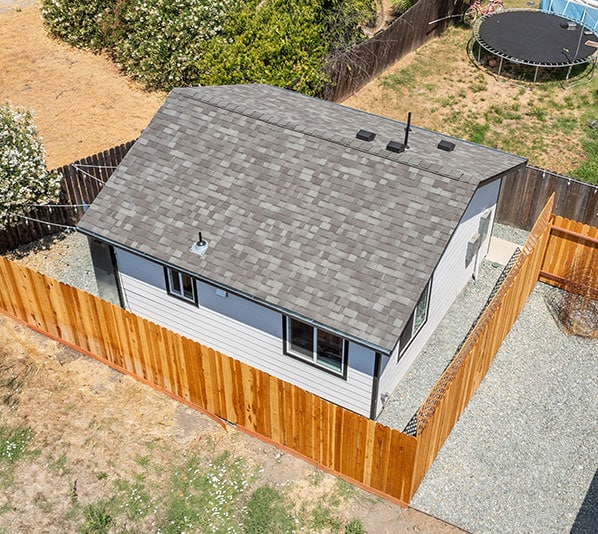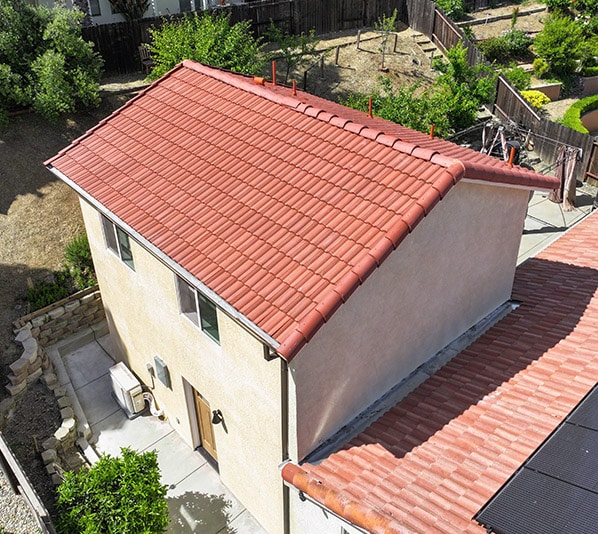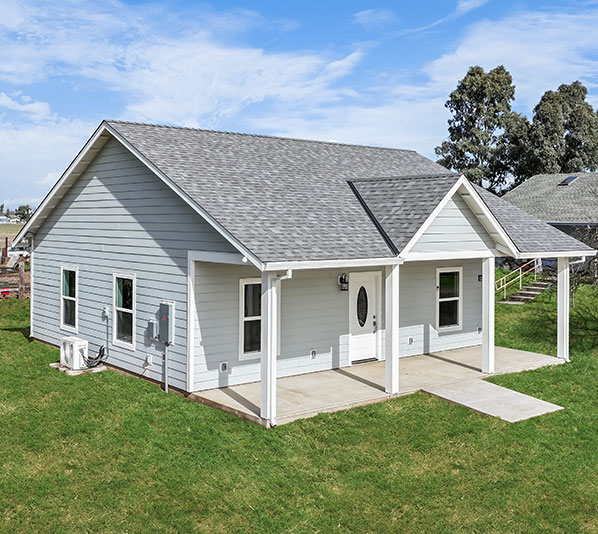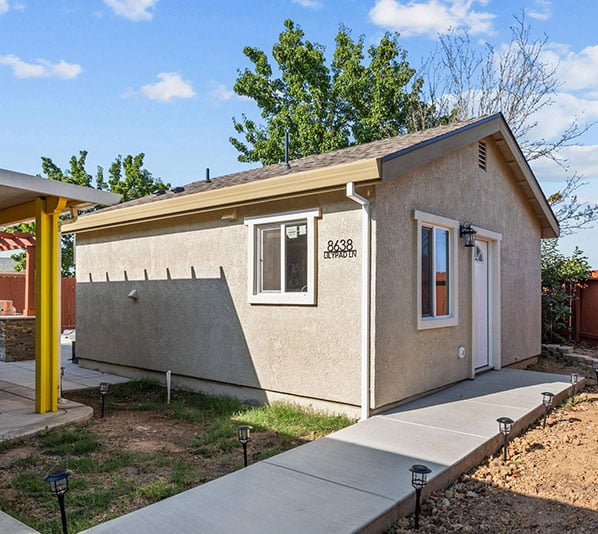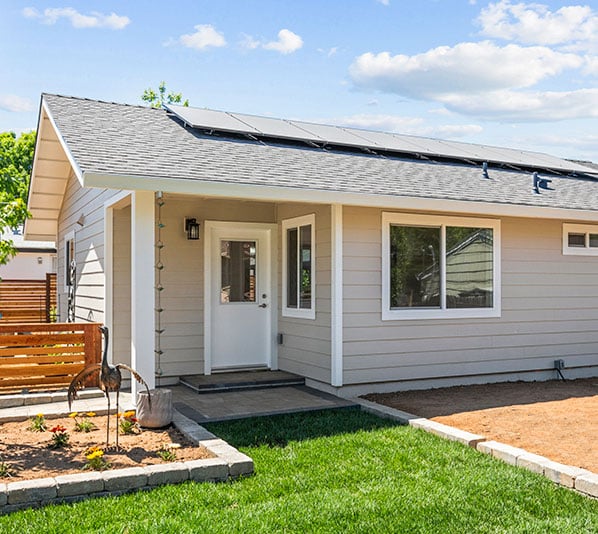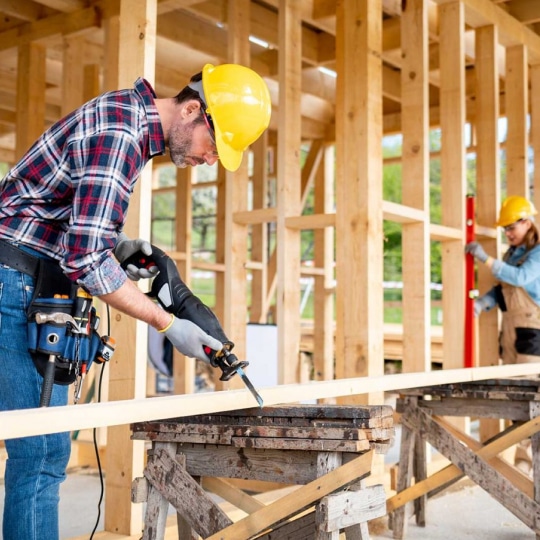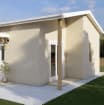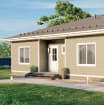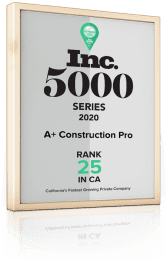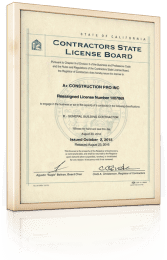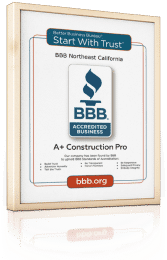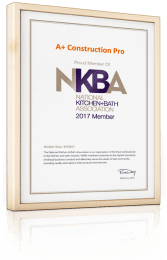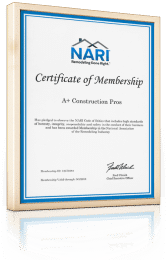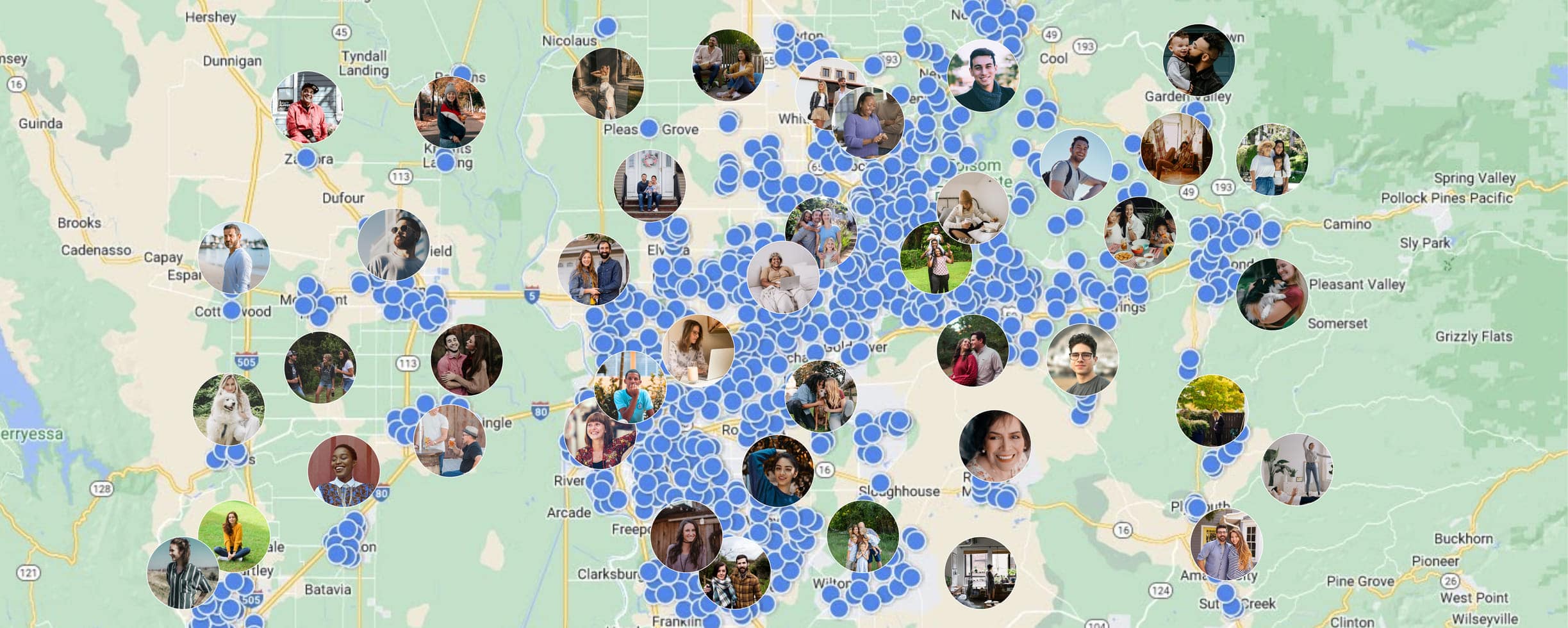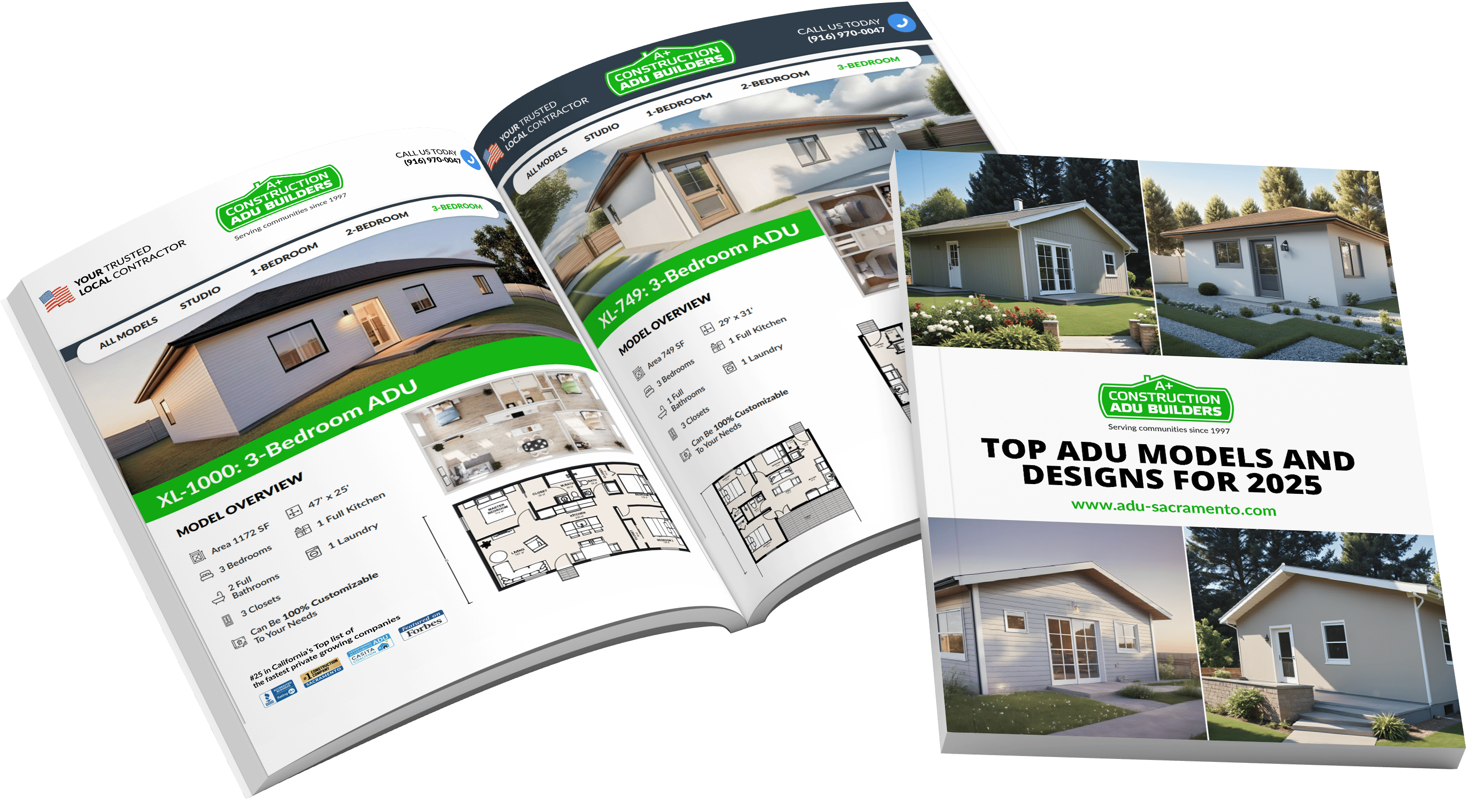

Privacy Policy & Terms.


Privacy Policy & Terms.
Request Accepted
A link to download your FREE brochure will be in your inbox in 3 minutes


Privacy Policy & Terms.


Privacy Policy & Terms.
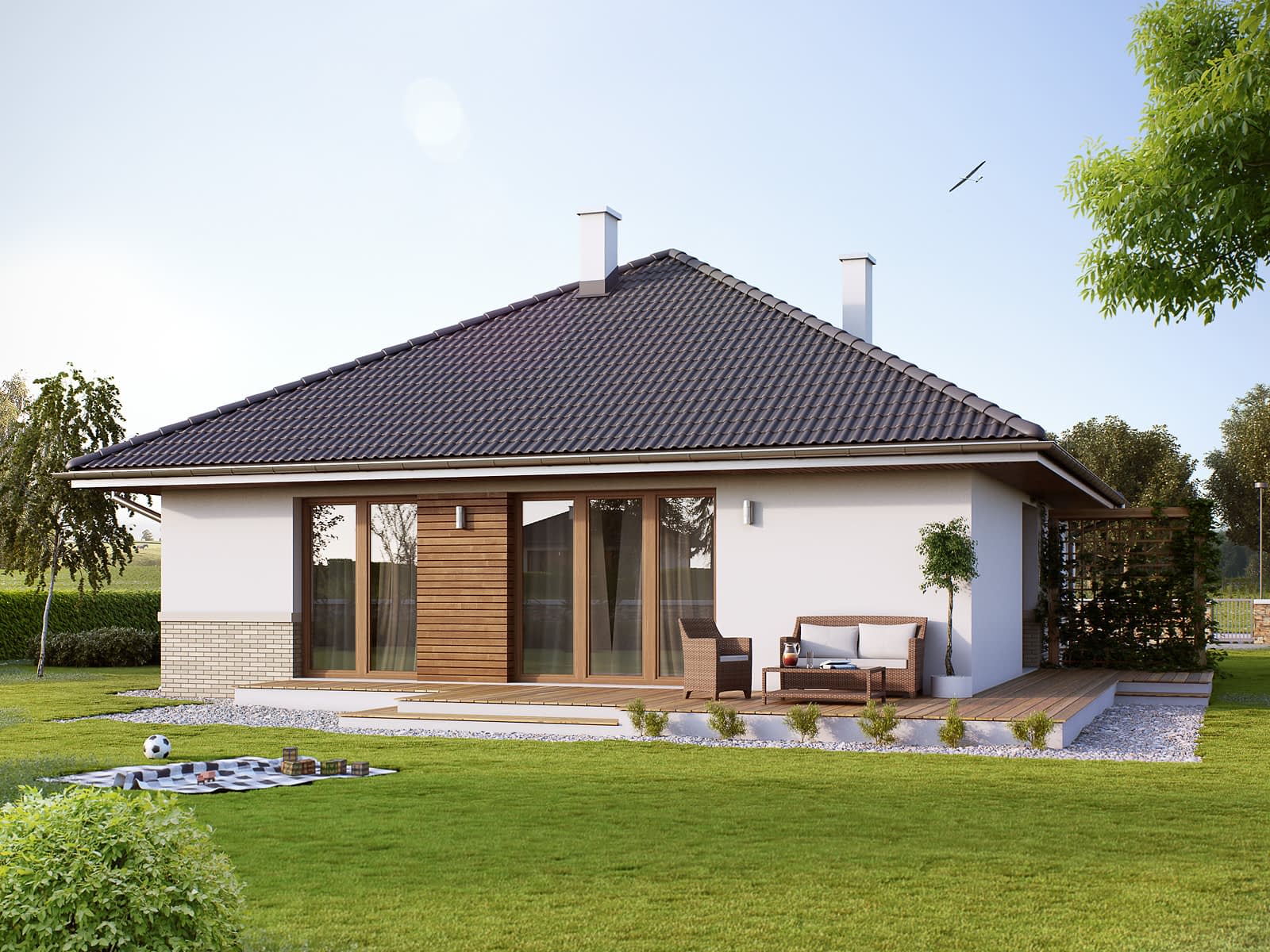
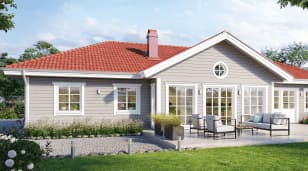
Privacy Policy & Terms.


Privacy Policy & Terms.


Privacy Policy & Terms.


Privacy Policy & Terms.
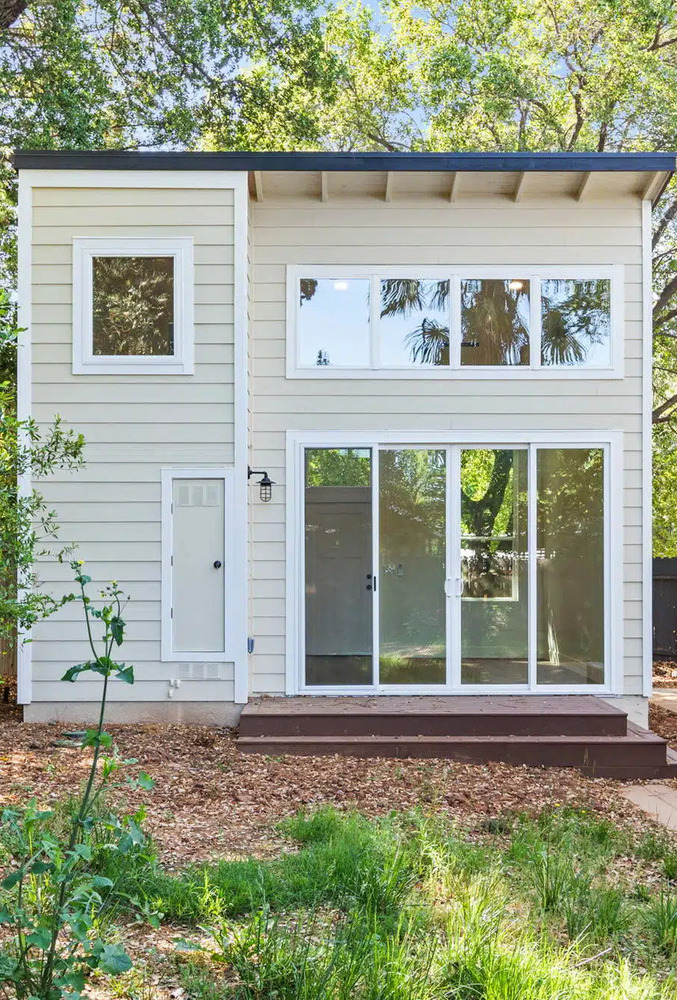
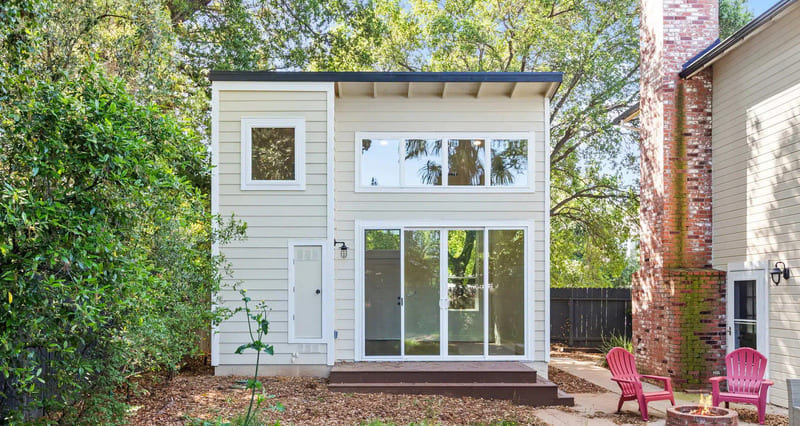
Privacy Policy & Terms.


Privacy Policy & Terms.


Privacy Policy & Terms.


Privacy Policy & Terms.


Privacy Policy & Terms.


Privacy Policy & Terms.
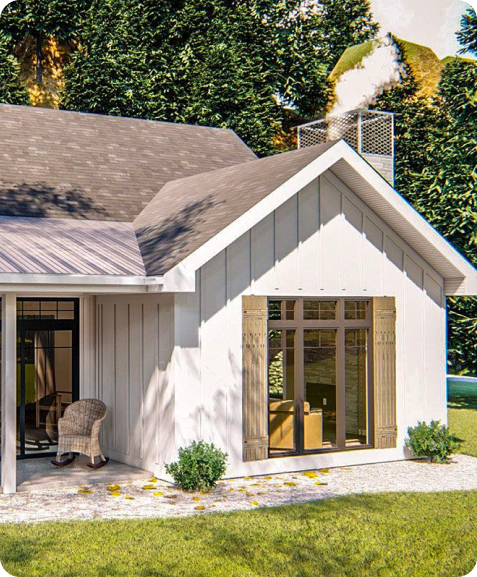

Privacy Policy & Terms.
Privacy Policy & Terms.
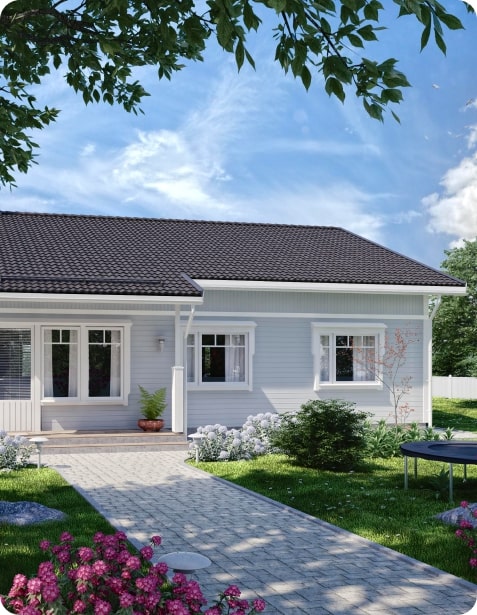

Privacy Policy & Terms.


Privacy Policy & Terms.


ADU Consultant?
Privacy Policy & Terms.
to Receive ADU Details
and Pricing

The final price may vary based on project specifics.
To get a free accurate quote tailored to your needs, book a consultation with us today!
Privacy Policy & Terms.

The price per square foot provided is an average and may vary depending on project-specific details such as materials, location, complexity, and other factors. Actual costs may differ from the average provided.
It is recommended to obtain a detailed quote based on the specific requirements of your project.
Privacy Policy & Terms.

Please note that the monthly payment displayed on this page is an estimate and is subject to variation based on the selected loan product, applicants credit score, loan amount, and other financial details. Actual monthly payment may differ from the estimate provided.
It is recommended to seek advice from a financial advisor or loan officer to obtain precise payment information tailored to individual circumstances.
Privacy Policy & Terms.
 Your Trusted
Local Contractor
Your Trusted
Local Contractor
Tiny Homes Sacramento
Experience tiny living with our innovative designs and unmatched quality
Tiny Homes Sacramento
investment with our all-in-one service:
the fastest private growing companies








Get More Living Space
with an ADU
Tiny Homes Sacramento
Experience tiny living with our innovative designs and unmatched quality
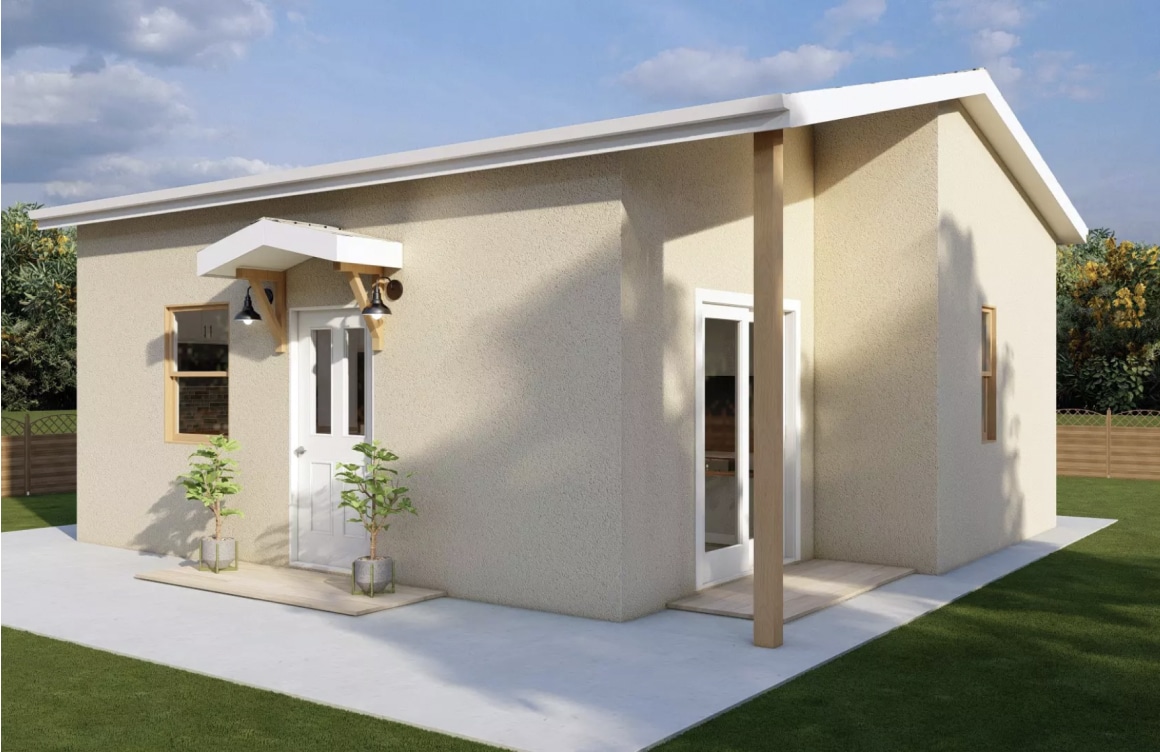
Sacramento Tiny Homes - Turnkey Design & Build
Tiny homes and ADUs are becoming increasingly popular options for city dwellers in need of a smaller living space. Tiny homes and accessory dwelling units (ADUs) offer an alternative to traditional dwellings for individuals, couples, young families, or retirees looking to downsize without sacrificing the quality of life.
Tiny house Sacramento ADU builders like A+ Remodeling & Construction can help make your dream of a smaller, quaint space a reality while helping you adhere to any laws or regulations in your area.
ADU & Tiny Home Advantages
Tiny homes and accessory dwelling units are all the rage. These small homes, which have a very small square footage, provide the perfect retreat without having to leave your backyard. These roof-top or backyard homes are great alternatives to traditional homes. They may be the answer for low-cost living, with a variety of designs and online inspiration. Whether you're looking for an alternative form of housing or simply want to reduce your possessions, the inspiration of these home models is undeniable.
ADUs and tiny homes bring many benefits to their owners, from financial savings to a decreased environmental footprint. Check out Prefab ADU or a custom tiny home as well. Here are some of the advantages of ADUs and tiny houses:
The initial investment for building your own tiny home or ADU is generally much lower than that for purchasing or renting a larger apartment. This extra money allows families to take vacations or invest more in hobbies like gardening sheds or landscaping.
With a tiny house, you can literally pick up your house, drive it to another location, and start all over. These small homes also require less furniture than other houses.
Since most ADUs and tiny homes are constructed from sustainable resources, there is less impact on the environment compared to traditional building methods.
ADUs and tiny homes offer just enough space to fit in all the essentials without taking up too much room. Due to their smaller size, they have a smaller environmental impact than larger homes.
Having a smaller space can increase the quality of life for any family. Tiny homes and ADUs are not only for new generations; if you’re a husband, a father, or even a grandparent who wants to build a mother-in-law suite, you can now have your own personal place right outside your front door.
As property values rise around the world, more people are joining the movement. These small spaces offer homeowners an opportunity to accommodate more people in their properties, which can help them earn a passive rental income.
They’re relatively easy to install with minimal disruption, don’t require significant maintenance costs, and are quite affordable compared to standard homes when bought or sold.
With so many benefits, it's no wonder why more people are turning to small homes as an alternative way of living and loving life. Working with a professional ADU builder like A+ can help ensure that you get the perfect ADU.
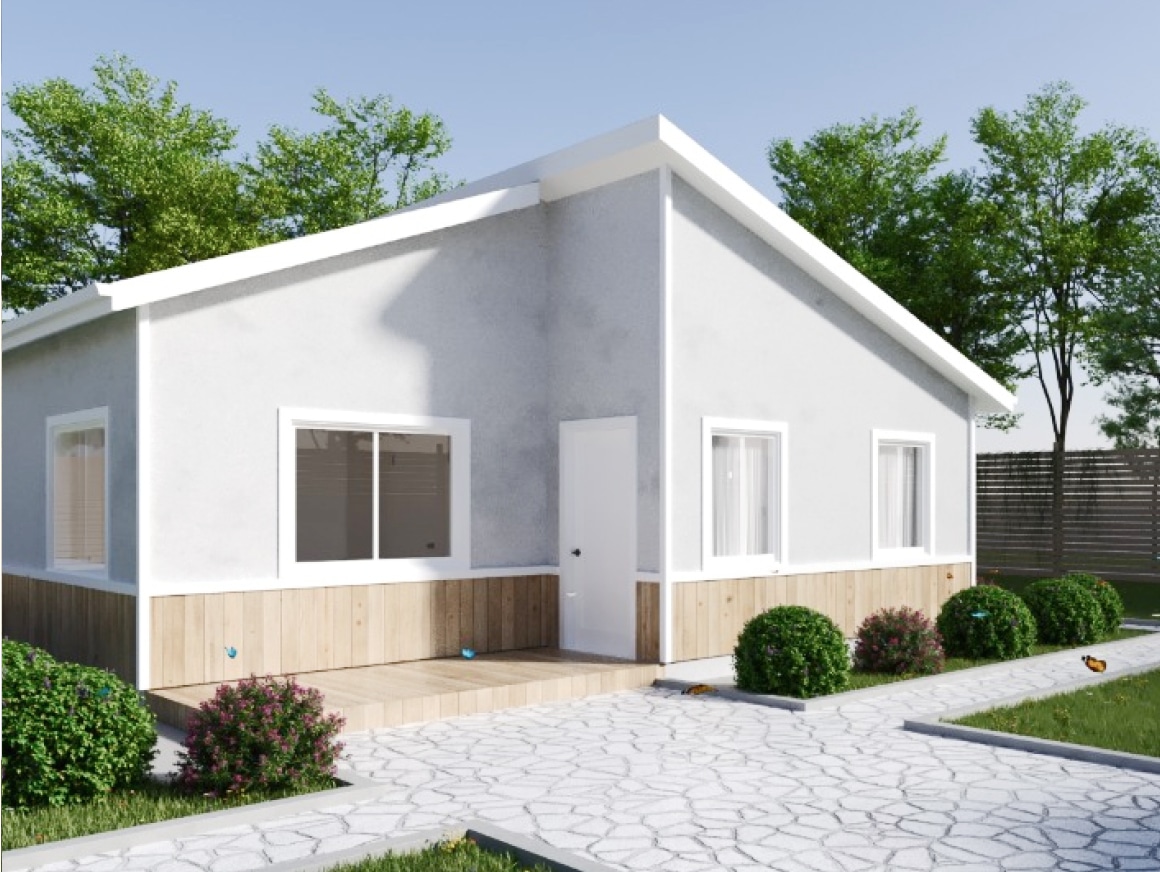
How can A+ ADU & Tiny House Builders assist you?
Tiny homes and ADUs have taken the world by storm. Living with your family in an ADU or a tiny house can offer incredible cost savings. These pint-sized living spaces are designed to provide complete functionality while taking up minimal space.
If you're ready to downsize and live in nature, consulting with an ADU and tiny house constructor is a good place to start.
Below are some of the ways that A+ can assist you and your family with these projects:
Using premium materials and experienced craftsmanship, we can ensure your floor plan will have everything you need in an efficient space. We have been building these projects for years, and our attention to detail is unparalleled.
The A+ team offers invaluable professional support. Their experience building small structures ensures you have all the resources you need for your project. They can also advise you on local permitting processes, so getting those answers ahead of time saves time and money down the line.
ADUs and tiny homes can bring a lot of surprises and joy. For those who want more control over the design and layout of their accessory dwelling units or tiny homes, A+ can be a help. Customized plans allow individuals to choose details like roof style, floor plan, number of rooms, and more—all while staying within their budget.
ADUs vs. Tiny Homes
The world is abuzz with excitement about ADUs and tiny homes. As more people join the trend of living in smaller, more sustainable housing options, these dwellings come in all shapes and sizes, ranging from just a few hundred square feet tall enough for standing room to larger structures.
Here are some key differences between the two that should be noted:
ADUs provide many of the same benefits as tiny houses but with added amenities such as multiple stories, full bathrooms, closets, and bedrooms with windows. They also allow for larger groups of friends or family to live together in close proximity while still having their own private living space. What’s more, ADUs can be built on existing lots and don’t require replacing a home or other structures in order to be erected.
ADUs can generally be added onto an existing structure like a garage and replaced with something more suitable for living in, while a tiny home requires completely new construction from the ground up. This makes ADUs more cost-effective for many people than tiny homes, but in some cases, if you already have an extra space that needs filling, both are about equal in terms of price.
A tiny house can be located anywhere on any property, while an ADU must remain within the boundaries of the same lot. This means that if you own or rent a property and want to accommodate additional people in your area, then an ADU may be your best option. However, if you’re more interested in creating something unique and mobile, then a tiny home might be better suited for you.
Homeowners who are looking for unique ways to live on their property can’t help but be excited about these two options. It is important, however, to take note of the key design differences between ADUs and tiny homes.
ADUs come in many sizes and typically supplement an existing house or other structure already on the property. And while some ADU designs may have similarities with a traditional home, they typically do not feature a big kitchen or bathroom as a typical house would.
Tiny homes are only 100–400 square feet. These small dwellings often have kitchens, bathrooms, and bedrooms.
The installation process for ADUs and tiny homes differs depending on the type you choose. For an ADU, you typically need to obtain a building permit from your local government and ensure that all construction is done according to code. Tiny homes may not require permits in some areas, but it’s important to check with your local authorities. In either case, hiring a professional contractor is recommended to ensure that the project is completed safely and correctly.
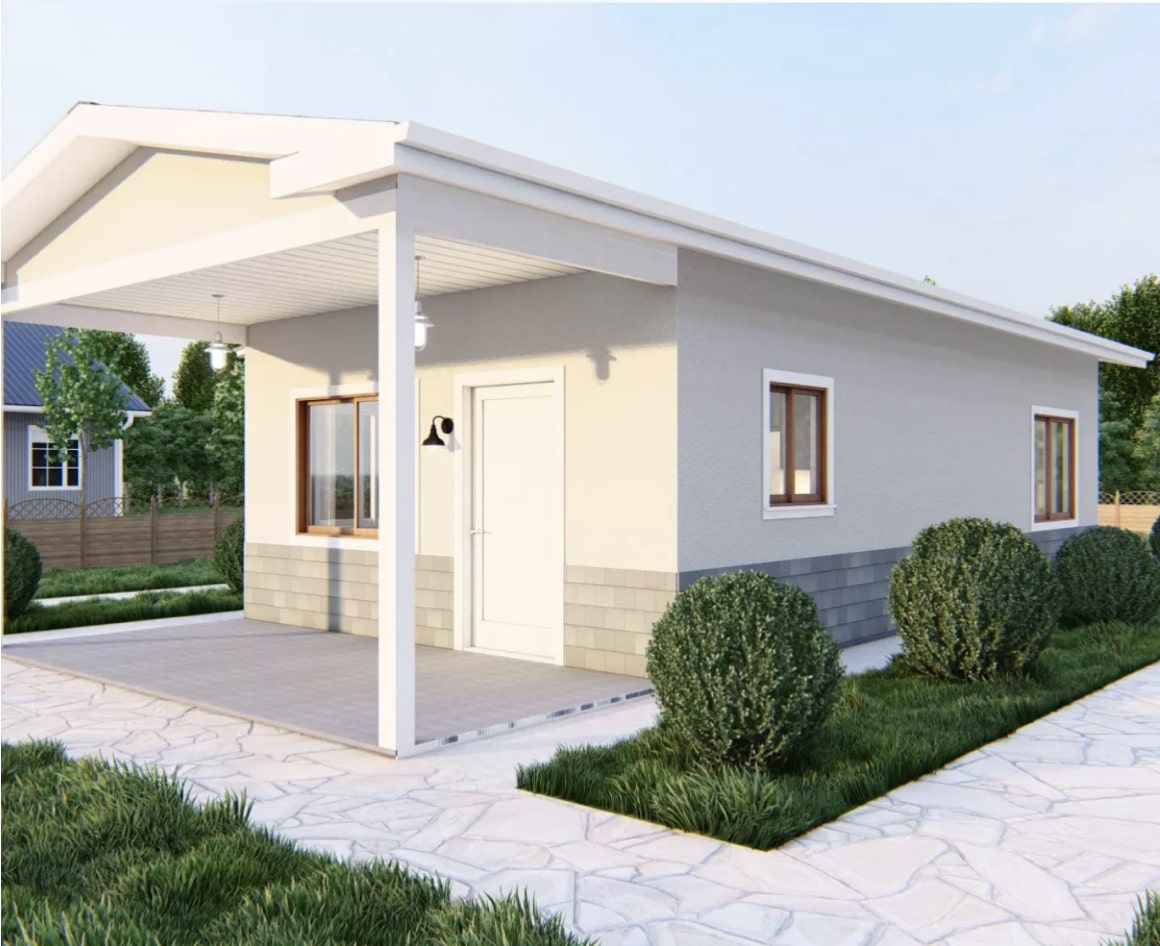
Thousands of Customers Can't be Wrong! Reviews
Over 1000+ satisfied clients, and here's what they have to say about us
Our Completed ADU Projects

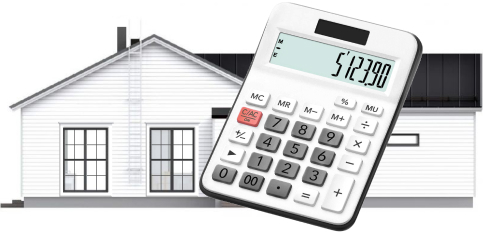
See what return on investment you can get with your ADU!
Contact us today to schedule your FREE consultation with our experts to go over your project
A+ Construction ADU Builders?



Costs
We provide clear and the most detailed estimates that show you exactly where your money is going.
Timeframe & Schedule
We provide an easy-to-follow schedule so you can see where your project is at and what is next, in real time.
License & Warranty
We are licensed, bonded, and provide a warranty on labor and materials because we believe it’s important for you to have peace of mind.
Communication
We have a streamlined communication system that includes your own personal chat with your entire team ready to answer questions at any time.


Trusted Contractor
We are honored to be listed as a trusted contractor for ADUs by Placer County!
Our Process
We take care of everything from plans and permits to construction and comprehensive project management, simplifying ADU development and ensuring your peace of mind

STEP 1: PLANS & PERMITS




